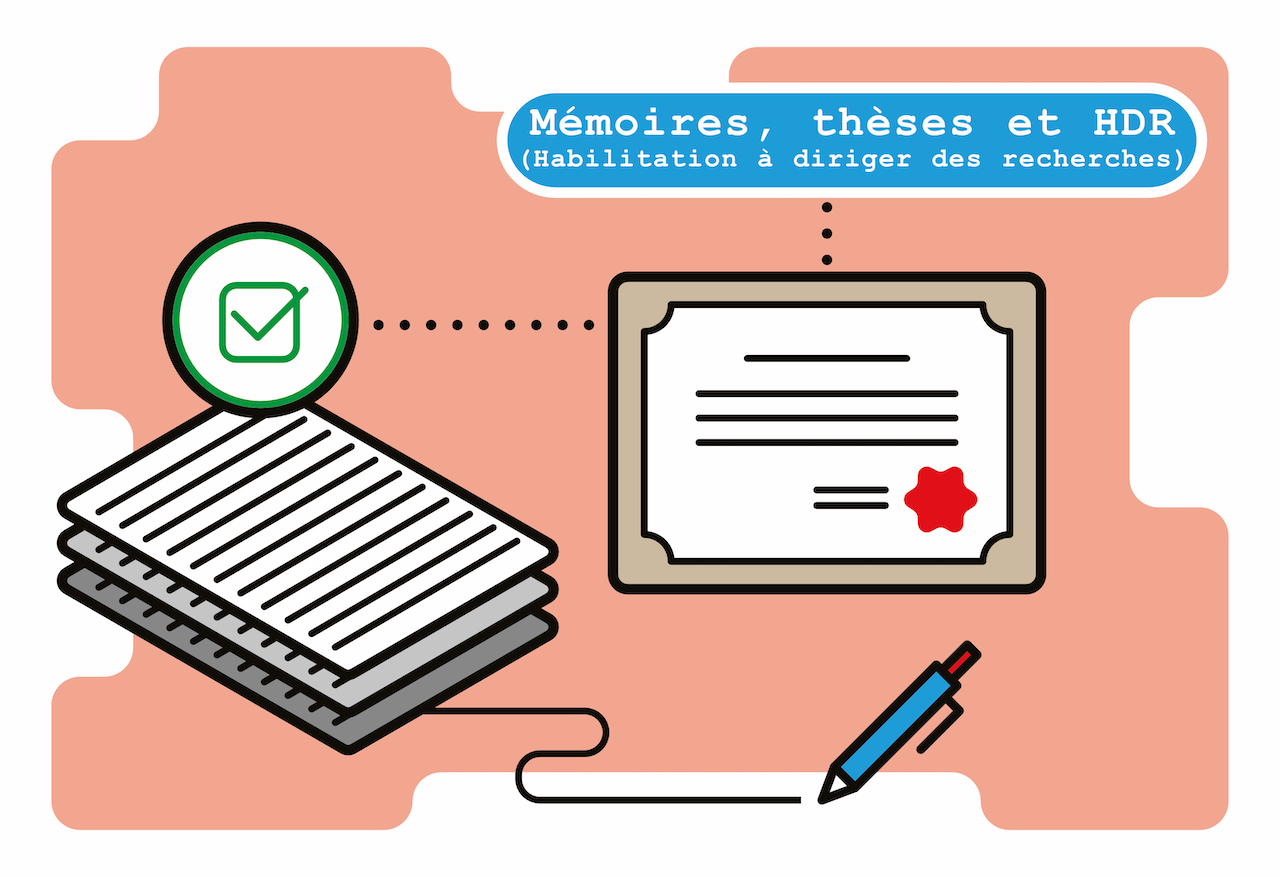Fiche du document
- ISIDORE Id: 10670/1.422c9a...
Sujets proches
People Man Humanity (Human beings) Human race Mankind Homo sapiens Humankind HumansCiter ce document
T Liu, « Evolutionary insights into oxygen sensing », Oxford Research Archive, ID : 10670/1.422c9a...
Métriques
Partage / Export
Résumé
In humans, cellular oxygen sensing employs the Hypoxia Inducible Factor (HIF) system in which the prolyl hydroxylase domain containing (PHD) and Factor Inhibiting HIF (FIH) oxygenases play a key role. The oxygen sensing mechanism enabled by the HIF hydroxylases has been extensively studied in humans and other mammals; how ‘lower’ organisms, such as protists and bacteria sense oxygen is less well understood. The social amoeba, Dictyostelium discoideum, and the protozoan parasite, Toxoplasma gondii, are representatives of pre-animal eukaryotes that do not possess the PHD-HIF oxygen sensing system. A different, yet HIF related, mechanism of cellular oxygen sensing regulates the growth of these species, i.e. the Prolyl Hydroxylase (PHD/P4H/PhyA) and S-Phase Kinase Associated Protein 1 (Skp1) system. Skp1 acts as an adaptor protein of the SCF (Skp1-Cul1-F-box) E3- ubiquitin ligase complex. In Dictyostelium discoideum and Toxoplasma gondii Skp1 is prolyl-4- hydroxylated and subsequently glycosylated, resulting in a change of stability of the SCF E3-ubiquitin ligase complex, that in turn affects the activity of the ubiquitination complex. A major part of the work described in this thesis focused on the in vitro characterisation of the enzymes, Dictyostelium discoideum Prolyl-4-Hydroxylase (DdP4H) and Toxoplasma gondii Prolyl- Hydroxylase A (TgPhyA), which catalyse hydroxylation of Skp1 protein substrates, i.e. Dictyostelium discoideum Skp1 (DdSkp1) and Toxoplasma gondii Skp1 (TgSkp1). Methods were optimised for the production of recombinant full-length and truncated forms of DdP4H and TgPhyA on a milligram scale. Purified DdP4H was crystallised. An X-ray crystal structure of truncated DdP4H (residues 60- 284) shows the conserved modified core double stranded β-helix (DSBH) fold, which is characteristic of 2OG oxygenases, along with elements involved in substrate binding that surround the active site. Structurally informed sequence analyses suggest DdP4H is homologous to human PHD2. Biochemical studies of DdP4H and TgPhyA, using full-length DdSkp1 and TgSkp1 proteins as substrates, revealed high substrate Km values, suggesting the hydroxylation efficiencies for these primitive enzymes are lower compared with the human PHDs (at least in terms of substrate binding). A high DdP4H Km value for oxygen indicates DdP4H has potential to act as an oxygen sensor in Dictyostelium discoideum, as the PHDs do in humans. The unexpectedly low TgPhyA Km values for oxygen may reflect the complicated life cycle of the parasite, which resides mostly in human tissues with a low oxygen level environment. Inhibition studies were carried out on DdP4H and TgPhyA with known inhibitors of the human PHDs and other 2OG oxygenases, including compounds in current clinical trials. Most PHD2 inhibitors showed similar inhibition profile towards DdP4H and TgPhyA, consistent with the related active sites of these enzymes. Thus, PHD inhibitors have potential as (starting points) for inhibition of DdP4H and TgPhyA. Cross organism prolyl hydroxylation assays were performed to investigate evolutionary relationships between the prolyl hydroxylases. Assays including the prolyl-hydroxylases and their corresponding substrates from Dictyostelium discoideum, Toxoplasma gondii, Trichoplax adhaerens (the simplest free-living animal), the Gram-negative gammaproteobacteria, Pseudomonas putida, and the singlecelled eukaryotic choanoflagellate, Monosiga brevicollis, provided insight into the evolution of hypoxia sensing systems. In summary, the results provide further insights into a chemical understanding of the evolutionary origins of the oxygen sensing systems and may enable a better understanding of the HIF system in humans. Studies on TgPhyA may also help reveal the new treatment for toxoplasmosis, infection caused by Toxoplasma gondii.
